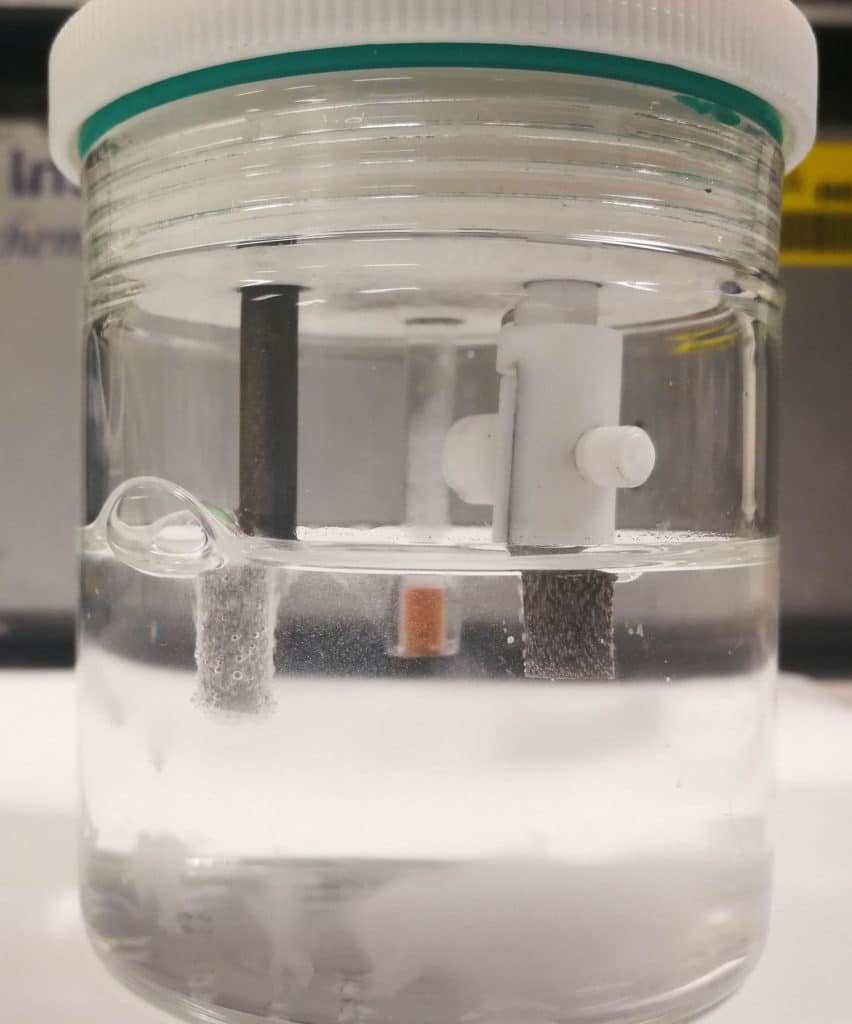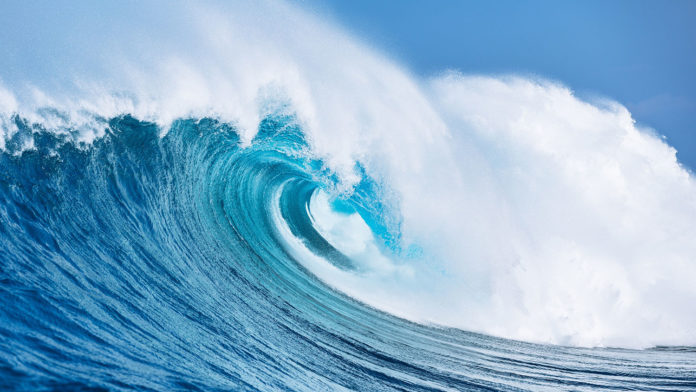The extraction of hydrogen from seawater can solve many of the environmental problems associated with burning fossil fuels. Hydrogen fuel could be an abundant, clean, cost-effective, and sustainable alternative to fossil fuels. But the potential power source has been limited by technical challenges, including how to practically harvest it.
In an attempt to solve the problem, researchers at the University of Central Florida (UCF) have designed for the first time a nanoscale material that can efficiently split seawater into oxygen and a clean energy fuel – hydrogen.
Until now, the process of splitting water into hydrogen and oxygen is known as electrolysis, and effectively doing it has been a challenge because of issues, such as competing reactions, within the system that threaten efficiency. As you know, this process requires significant energy consumption and also requires efficient catalysts.
The authors of the new study are confident that the new nanoscale material will increase the efficiency of splitting seawater into oxygen and hydrogen. In turn, this will contribute to the popularity of the use of environmentally friendly hydrogen fuel.

For their nanomaterial, the UCF researchers have developed a thin-film material with nanostructures on the surface made of nickel selenide with added, or “doped,” iron and phosphor. The combination offers the high performance and stability that are needed for industrial-scale electrolysis.
The developers stated that the new material balances the competing reactions in a low-cost and high-performance way. Researchers have already achieved high efficiency and long-term stability of the material for more than 200 hours during testing earlier this month.
“The seawater electrolysis performance achieved by the dual-doped film far surpasses those of the most recently reported, state-of-the-art electrolysis catalysts and meets the demanding requirements needed for practical application in the industries,” says Yang Yang, an associate professor in UCF’s NanoScience Technology Center and the study co-author.
Now, the team will continue improving the electrical efficiency of the nanomaterials they’ve developed. They are also looking for opportunities and funding to accelerate and help commercialize the work.
